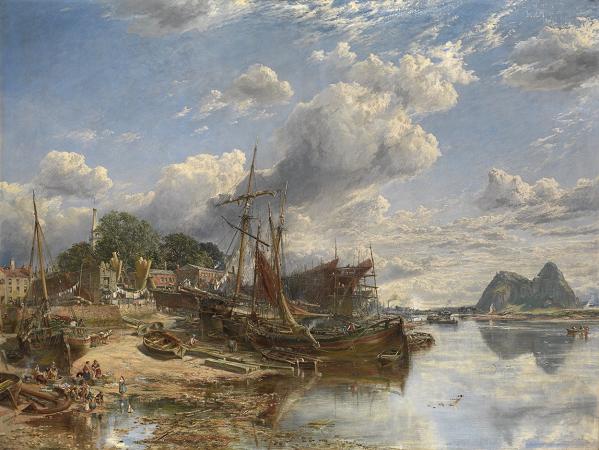Shipyard. A shipyard is a place where ships are built and repaired. These can be yachts, military vessels, cruise liners or other cargo or passenger ships. Dockyards are sometimes more associated with maintenance and basing activities than shipyards, which are sometimes associated more with initial construction. The terms are routinely used interchangeably, in part because the evolution of dockyards and shipyards has often caused them to change or merge roles. Countries with large shipbuilding industries include Australia, Brazil, China, Croatia, Denmark, Finland, France, Germany, India, Ireland, Italy, Japan, the Netherlands, Norway, the Philippines, Poland, Romania, Russia, Singapore, South Korea, Sweden, Taiwan, Ukraine, the United Kingdom, the USA and Vietnam. The shipbuilding industry is more fragmented in Europe than in Asia where countries tend to have fewer, larger companies. Many naval vessels are built or maintained in shipyards owned or operated by the national government or navy. Shipyards are constructed near the sea or tidal rivers to allow easy access for their ships. The United Kingdom, for example, has shipyards on many of its rivers. The site of a large shipyard will contain many specialised cranes, dry docks, slipways, dust-free warehouses, painting facilities and extremely large areas for fabrication of the ships. After a ship's useful life is over, it makes its final voyage to a shipbreaking yard, often on a beach in South Asia. Historically shipbreaking was carried on in drydock in developed countries, but high wages and environmental regulations have resulted in movement of the industry to developing regions. The world's earliest known dockyards were built in the Harappan port city of Lothal circa 2600 BC in Gujarat, India. Lothal's dockyards connected to an ancient course of the Sabarmati river on the trade route between Harappan cities in Sindh and the peninsula of Saurashtra when the surrounding Kutch desert was a part of the Arabian Sea. Lothal engineers accorded high priority to the creation of a dockyard and a warehouse to serve the purposes of naval trade. The dock was built on the eastern flank of the town, and is regarded by archaeologists as an engineering feat of the highest order. It was located away from the main current of the river to avoid silting, but provided access to ships in high tide as well. The name of the ancient Greek city of Naupactus means shipyard. Naupactus' reputation in this field extends to the time of legend, where it is depicted as the place where the Heraclidae built a fleet to invade the Peloponnesus. In the Spanish city of Barcelona, the Drassanes shipyards were active from at least the mid-13th century until the 18th century, although it at times served as a barracks for troops as well as an arsenal. During its time of operation it was continuously changed, rebuilt and modified, but two original towers and part of the original eight construction naves remain today. It is currently a maritime museum. Ships were the first items to be manufactured in a factory, several hundred years before the Industrial Revolution, in the Venice Arsenal, Venice, Italy. The Arsenal apparently mass-produced nearly one ship every day using pre-manufactured parts, and assembly lines and, at its height, employed 16,000 people.
more...



